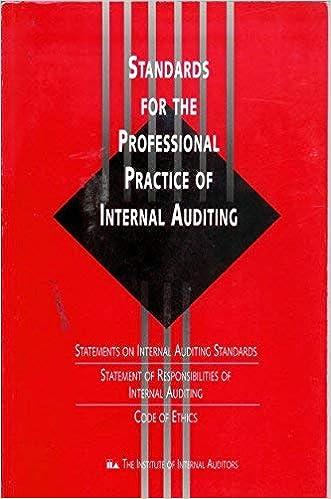Value engineering and life cycle present worth cost and benefit analysis: Recent hurricane disasters on the Atlantic coast showed the vulnerability of hospitals to undesired disruptions in emergency and medical services related to recovery and PTSD treatment of the affected communities. The state and federal guidelines require public hospitals to mitigate the hurricane disaster damage to the primary hospital of a major city and make it resilient to future rainfall-runoff flood and hurricane disasters for minimizing disruptions in hospital operations and visitations. Common contract items include emergency power supply system and automatic entrance gates to prevent floodwater to enter the hospital compound. The following floodwall alternatives for 600 m long perimeter of the hospital compound are being considered for mitigation and resilience strategies: Alternative 1: Brick wall (15 cm thick and 1.5m above ground) on concrete foundation. Unit construction cost is $500 per lincar meter of the flood wall. Annual maintenance cost is $10,000. Major repair is expected every 10 years at 30% of the original construction cost. Salvage is 5% of the original construction cost. Alternative 2: Precast concrete panel wall (15 cm thick and 1.5m above ground). Unit construction cost is $550 per linear meter of the flood wall. Annual maintenance cost is $8,000. Major repair is expected every 15 years at 20% of the original construction cost, Salvage is 5% of the original construction cost. Alternative 3: FRP Panel wall (15 cm thick and 1.5m above ground), installed 3 times faster than precast concrete panels. Unit construction cost is $500 per linear meter of the food wall. Annual maintenance cost is $4,000. Major repair is expected every 15 years at 5% of the original construction cost. Salvage is 5% of the original construction cost. Assume analysis period is 30 years and annual discount rate is 5%. Ignore inflation. Answer the following questions. Show your calculations. (a) Total present worth cost of cach alternative. (b) Rank the alternatives by the least total present worth cost. (c) Discuss pros and cons of each alternative with respect to the installation and environmental degradation







